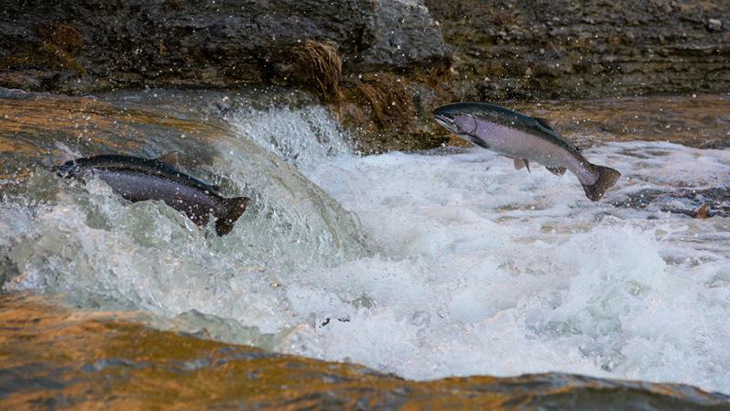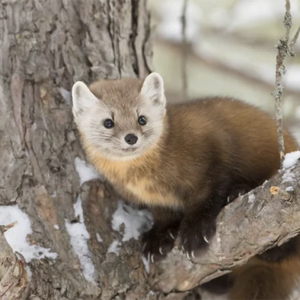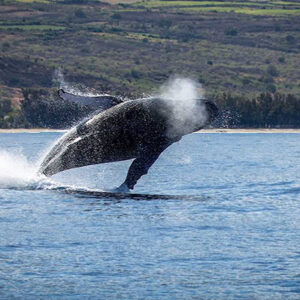
In the heart of California’s Bay Area, renowned for hosting San Francisco, San Jose, Santa Clara County, and the technological hub of Silicon Valley, a noteworthy event is unfolding as the holiday season approaches—a celebrated Pacific resident is embarking on a journey homeward, navigating the recently purified creeks to commence its spawning ritual.
It’s a revelation that defies conventional expectations. Amidst the urban landscape that epitomizes 21st-century civilization, replete with its challenges and technological progress, the presence of thriving wild river ecosystems capable of sustaining salmon migrations seems improbable.
Yet, according to KTVU reports, the spectacle is real. Salmon, some reaching impressive sizes of up to 30 pounds and lengths of 35 inches, are making their way up the Guadalupe River Watershed in the hundreds. The creeks in San Jose, such as Los Gatos and Guadalupe, had once teetered on the brink of losing their native salmon populations, their gravel beds inundated with accumulated trash.
Enter the South Bay Clean Creeks Coalition, a non-profit organization that played a pivotal role in orchestrating the salmon’s triumphant return. Removing an astonishing 1.3 million pounds of debris, ranging from bottles and tires to abandoned cars and mattresses, the coalition’s efforts rejuvenated the waterways, paving the way for this unexpected natural phenomenon.
As scientists delve into the study of these remarkable creatures, they are engaged in a quest to trace their origins. The key question revolves around whether these salmon are indigenous inhabitants making a triumphant comeback or if they are the progeny of hatchery-released individuals that have strayed into the wild.
In the midst of technological prowess and urban sprawl, this unexpected resurgence of wild salmon in the Bay Area serves as a poignant reminder of the resilience of nature when provided with the right stewardship and conservation efforts. It underscores the importance of community-driven initiatives in preserving and restoring ecosystems that can harbor and sustain life, even in the unlikeliest of locales.
“This year all the fish are just engorged. They’re humongous,” shared Steve Holmes, the executive director of the South Bay Clean Creeks Coalition. “It’s a nice trend and I hope it will continue as we move forward.”
Salmon undergo an awe-inspiring journey, embarking on a cyclical migration from the vast expanses of the ocean back to the familiar waters of rivers and creeks, often retracing the very tributaries of their origin. This migration is driven by their instinct to lay and fertilize eggs on carefully chosen gravel beds. During this crucial reproductive phase, the salmon undergo remarkable physiological changes, their bodies transforming into vibrant shades of red and pink as a result of heightened activity in their reproductive organs.
The return to freshwater habitats is not without its challenges. Laden with significant reserves of muscle and fat accumulated during their sojourn in the ocean, the salmon face the daunting task of navigating the arduous upstream journey. Battling against the currents and obstacles, these resilient fish exhibit signs of wear and tear, their bodies battered and exhausted by the time they reach their final destination.
This remarkable spectacle doesn’t go unnoticed in the natural world. Predators, such as bears and fishing birds like eagles and ospreys, keenly observe the salmon’s return, taking advantage of the easily identifiable hues that mark this critical phase in their life cycle.
The culmination of this incredible migration is the ultimate sacrifice made by the majority of the salmon. Following the completion of their reproductive mission, most individuals succumb to the rigors of the journey, contributing to the ecosystem as a source of nutrients for various organisms. However, a resilient few, typically the females, manage to survive beyond this phase, persisting until January when they make the return journey to the ocean, perpetuating the cyclical nature of their extraordinary life cycle.
What are your thoughts? Please comment below and share this news!
True Activist / Report a typo


